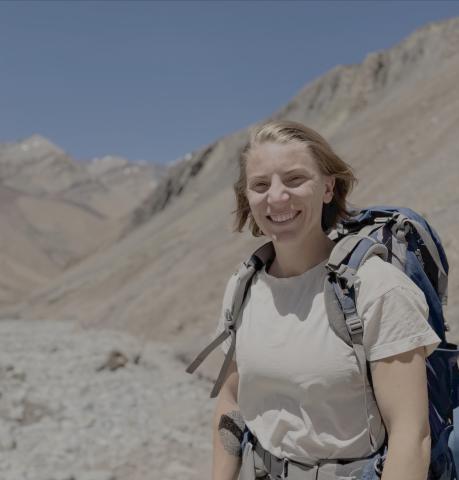event
EAS Seminar Series - Dr. Chelsea Mackaman-Lofland
Primary tabs
Abstract: The Andes of Chile and Argentina (~30–34°S) define a region of voluminous magmatism, polyphase deformation, and high topography above a long-lived subduction zone. Construction of this high-elevation domain has been variably attributed to isostatic uplift during crustal thickening induced by internal shortening, underthrusting during growth of the external thrust belt, or lower crustal flow. Alternatively, uplift may be related to dynamic processes associated with lithospheric foundering or flat-slab subduction. Each of these processes operates over predictable spatiotemporal scales and has been attributed to discernable structural, stratigraphic, topographic, magmatic, and/or thermal records in the overriding South American plate.
This study integrates new and published geo/thermochronological, structural, magmatic, and sedimentological datasets to reconstruct Andean evolution and evaluate the potential drivers of uplift and exhumation. We additionally showcase new kinematic and thermal history modeling techniques that quantitatively integrate the spatial relationships among geo- and thermochronology samples to inform thermotectonic interpretations. Results highlight the importance of internal shortening, as well as underthrusting linked to shortening in the external, retroarc thrust belt, in controlling uplift and exhumation of key segments of the thick, elevated hinterland domain. Findings further underscore the utility of our modeling approach in testing spatial, topographic, and structural hypotheses and deciphering the timing, magnitude, and mechanisms of exhumational cooling under varied geodynamic conditions.
*Refreshments: 10:30 AM - 11:00 AM (Atrium)
Status
- Workflow status: Published
- Created by: tbuchanan9
- Created: 02/26/2025
- Modified By: tbuchanan9
- Modified: 02/26/2025
Categories
Keywords

